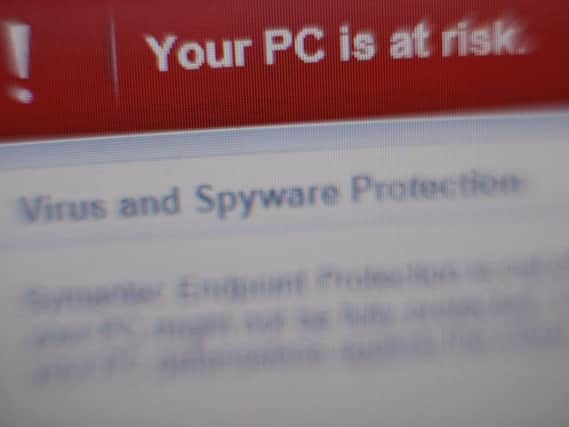How to tell if your computer is affected by cyber attack and what to do about it


Here is the latest National Cyber Security Centre (NCSC) advice on the virus that took down computers across the world, including some NHS systems.
* How can you tell if a computer has been infected?
The ransomware called Wanna Decrypt, also known as WannaCry, encrypts files on the machine, effectively locking them.
Advertisement
Hide AdAdvertisement
Hide AdA message will appear onscreen with a ransom demand, countdown timer and bitcoin wallet to pay funds into.
* What is the best way to protect your system?
Use the latest software, which often includes solutions for known weaknesses, and run an up-to-date anti-virus programme.
Also backup any important data and ensure the latest WannaCry patch is installed.
A final fail-safe is to shut down vulnerable systems.
* How does the virus spread?
There are a number of ways, including opening attachments or links in phishing emails or downloading legitimate-looking programmes that contain the malware.
Advertisement
Hide AdAdvertisement
Hide AdAnother method, which preys on machines using outdated software, is visiting a malicious site.
Once inside a network the virus can then spread to other connected computers.
* What do you do if your computer is infected?
The National Crime Agency encourages victims not to pay any ransom and to contact Action Fraud.
Information and support can be found on the NCSC website.